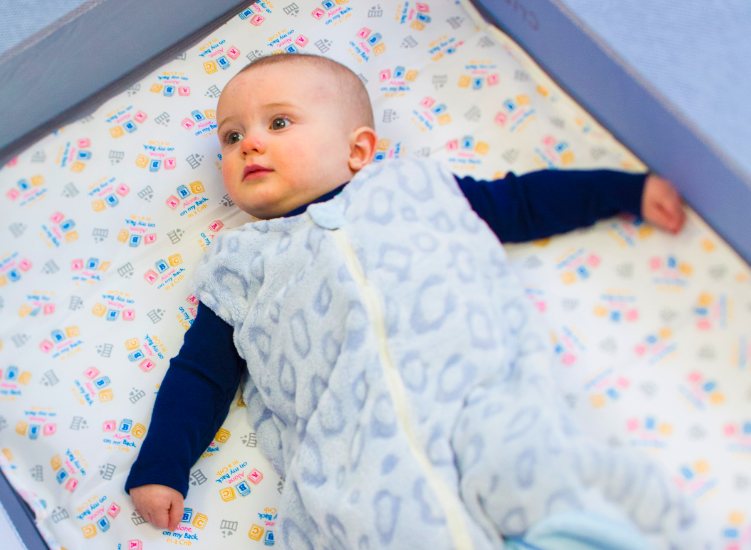Return to News & Updates

REMSA Shares Tips for Infant Safe Sleep Awareness Month

Francisco Ceballos, REMSA’s community programs coordinator, shares safe sleep tips for Safe Sleep Awareness Month. Watch the video to learn more about the ABCs of safe sleep.
Safe Sleep Tips:
- The best way to reduce the risk for a sleep-related death is to always place the baby on his or her back to sleep, on a firm mattress, in a safety-approved crib that is bare for naps and at night. The back sleeping position is the safest position for all babies until they are 1.
- Babies who usually sleep on their backs but who are then placed to sleep on their stomachs, like for a nap, are at very high risk for an unsafe sleep death. Make sure that everyone who cares for the baby including grandparents and other caregivers always places the baby on his or her back for every sleep.
- Remove all loose bedding, blankets, quilts, sheepskins, stuffed animals, bumpers, wedges and pillows from the infant’s crib.
- Consider using a sleep sack instead of a blanket to reduce the chances of an accidental suffocation death.
- The baby’s crib should be placed in the caregiver’s room if possible for a least 6 months, ideally for a year.
- Breastfeeding is great! Breastfeeding reduces the risk of SIDS.
- Don’t smoke before or after the birth of your baby and do not allow others to smoke around your baby.
- Parents and caregivers should always place babies on their backs to sleep even if babies seem less comfortable or sleep lightly on the back than on the stomach. The baby’s comfort does matter however the baby’s safety is the most important. Some babies don’t like sleeping on their backs, but most get used to it quickly. The earlier parents and caregivers start placing their baby on his or her back to sleep, the more swiftly your baby will adjust to the position.
Frequently Asked Questions
- Question: Will my baby choke if put them to sleep on their back?
Answer: Your baby is less likely to choke if placed on their back to sleep. Babies may actually clear such fluids better when sleeping on their backs because of the location of the opening to the lungs in relation to the opening to the stomach. When a baby is on their back, the fluid goes to the lowest center of gravity which is the opening to their stomach. However, when the baby is on their stomach the lowest center of gravity will be the opening to the lungs and cause the liquid to go into their lungs making chocking more likely. - Question: What if my baby rolls onto his or her stomach?
Answer: If your baby rolls onto his or her stomach during sleep, something most babies start doing around 4 to 6 months of age, you do not need to return your baby to the back sleeping position. The important thing is your baby start every sleep time on his or her back to reduce the risk of SIDS (Sudden Infant Death Syndrome).
Source: Eunice Kennedy Shriver National Institute of Child Health and Human Development and American Academy of Pediatrics.
